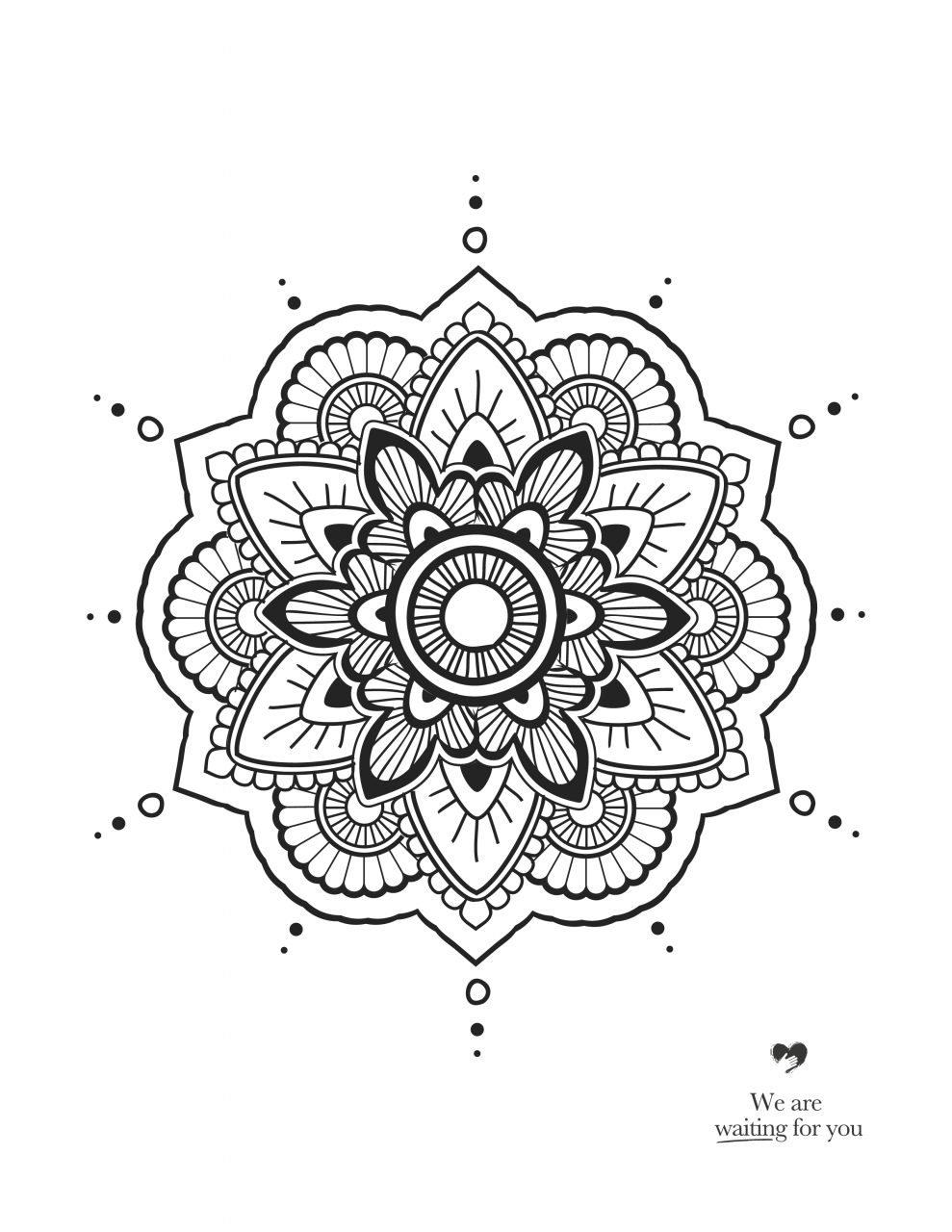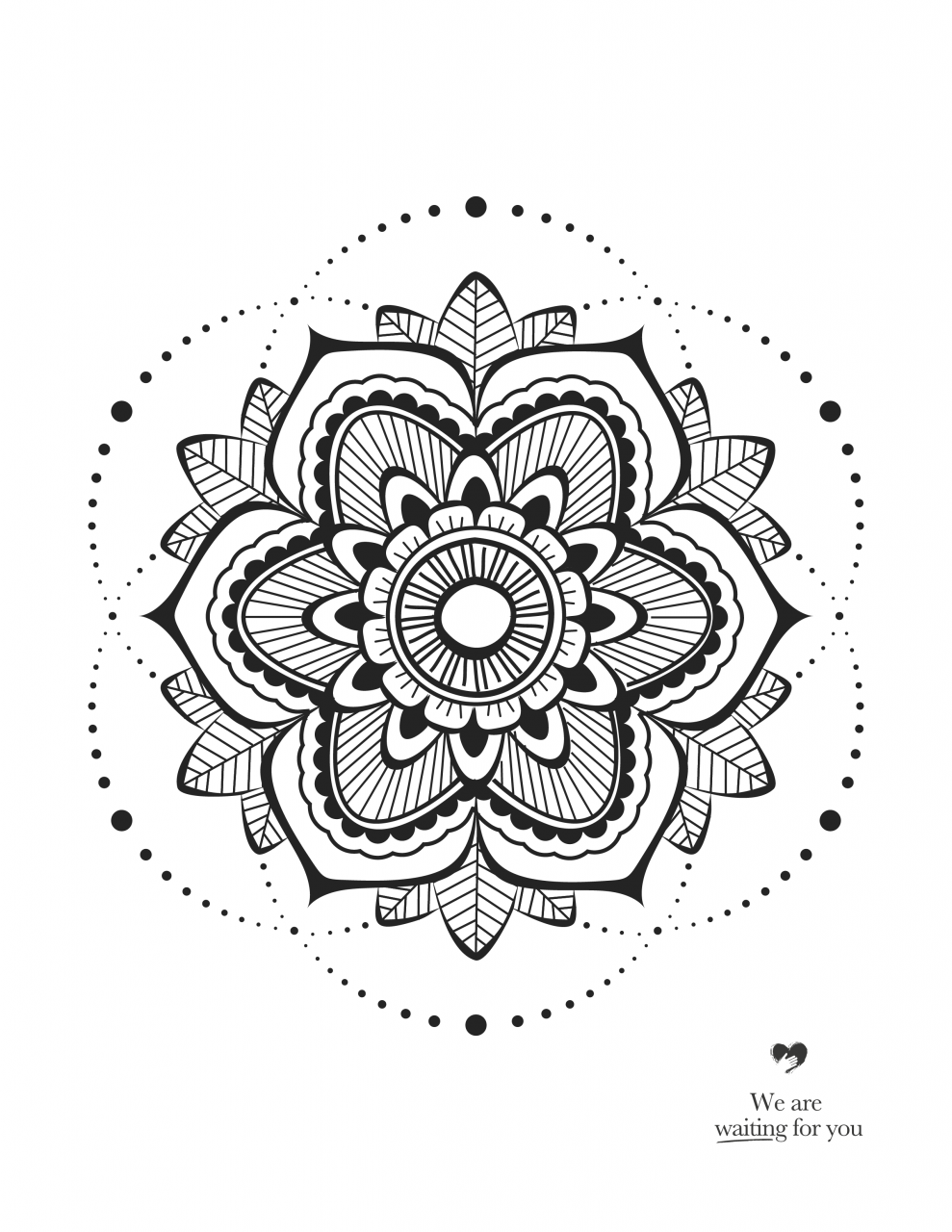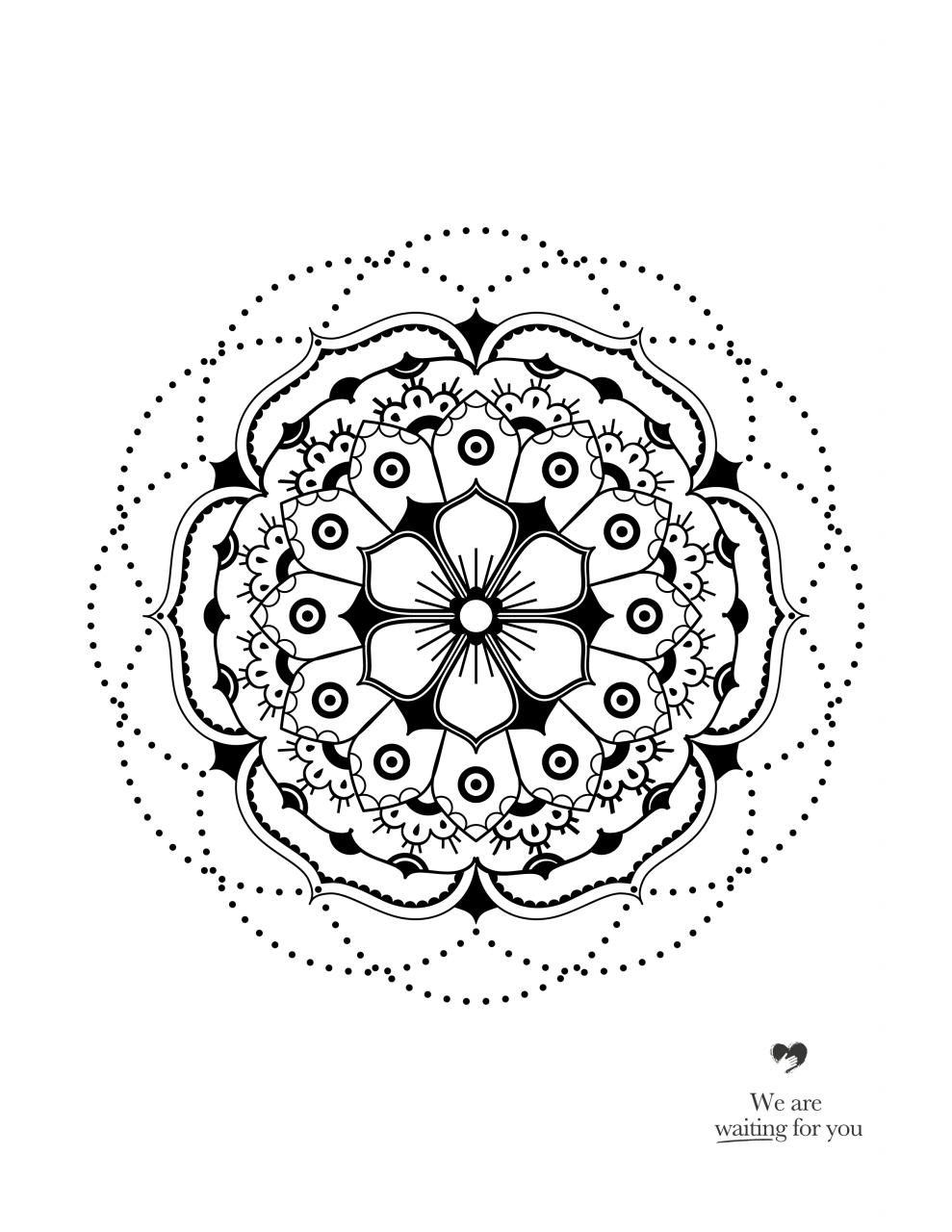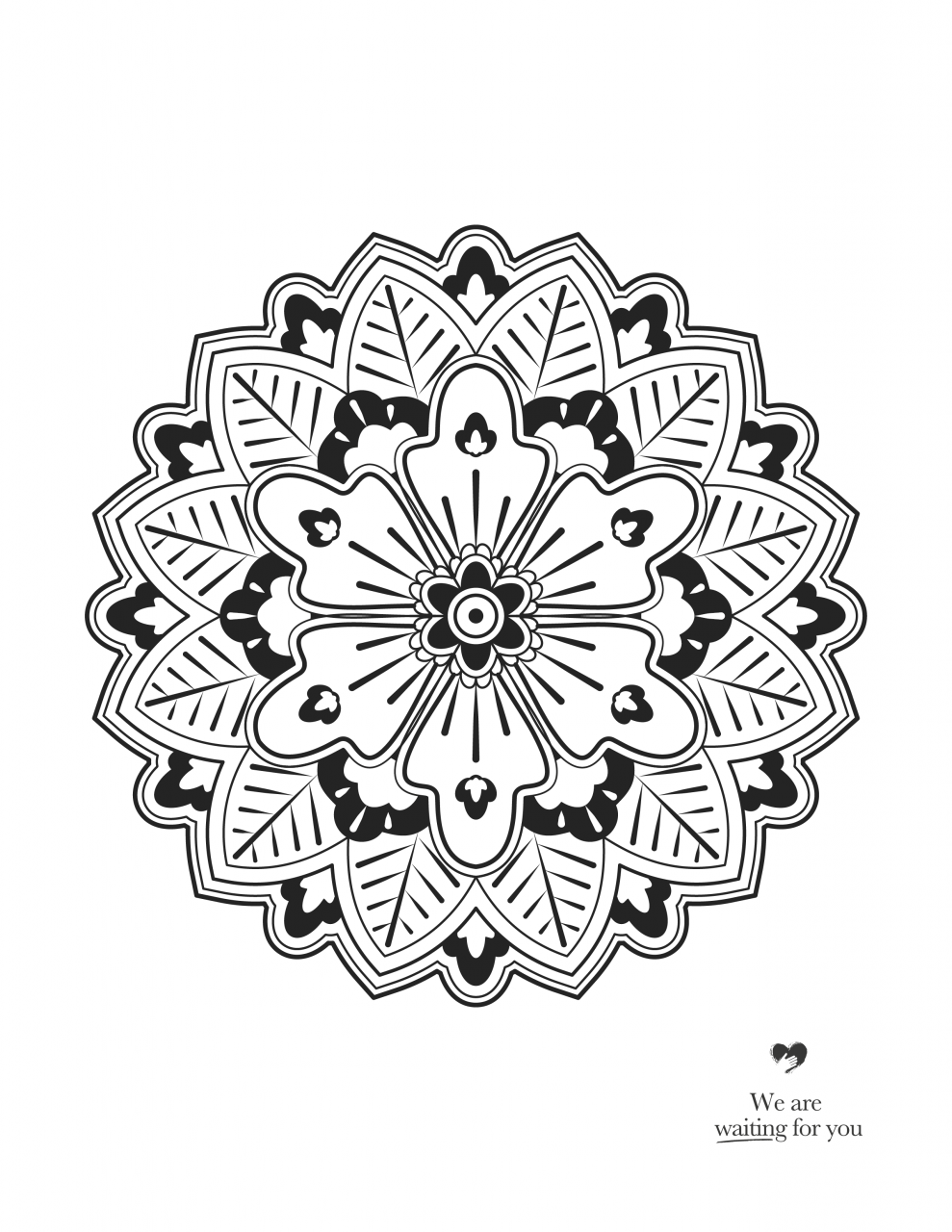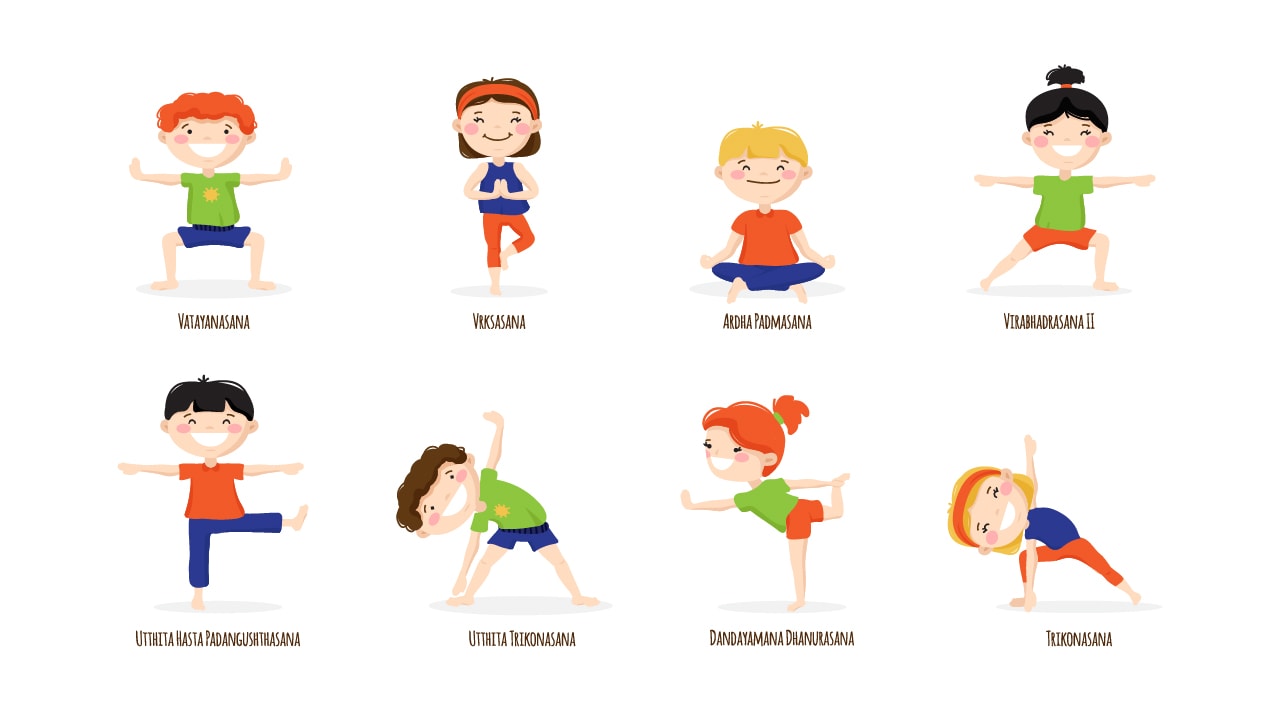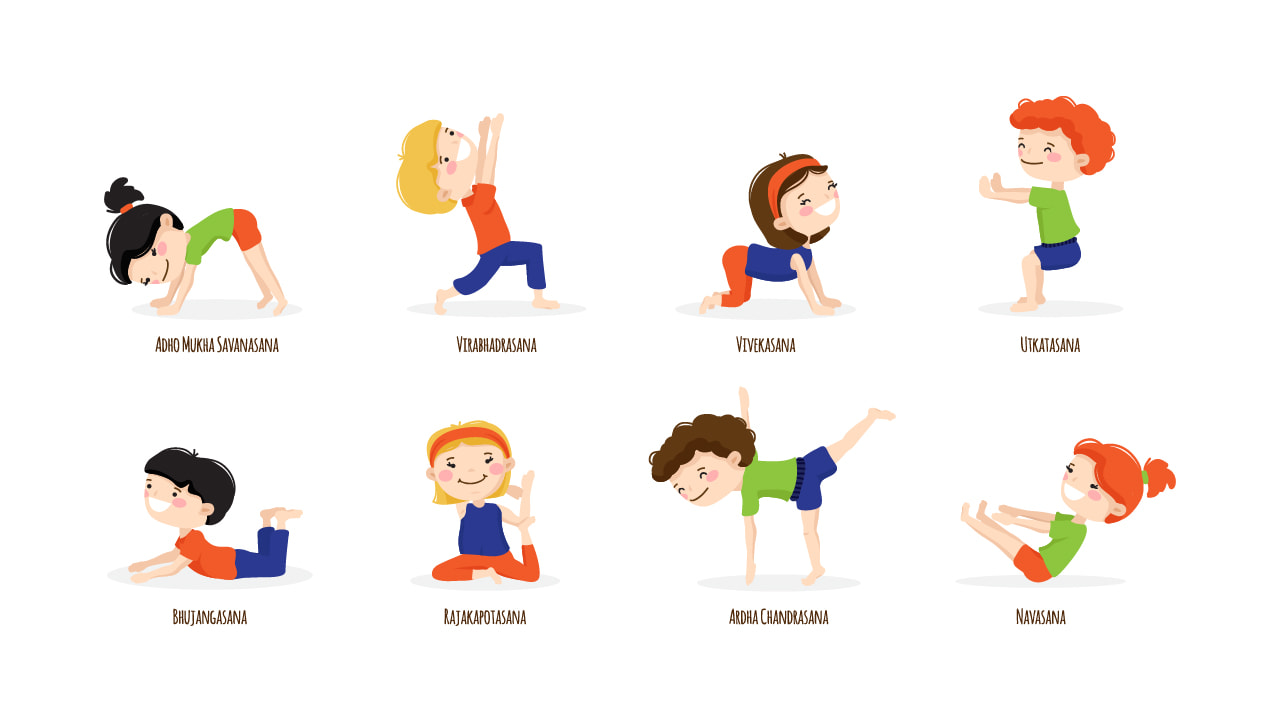Social distancing at home with children is a whole different experience. Although it’s wonderful to have been given unexpected, quality family time, there is no doubt that being at home in quarantine for a continuous amount of time with children can pose challenges – even more so when you have to practice social distancing and have been advised to not leave the house unless it’s for something essential. Suddenly trips to the park, play dates, taking the kids for a day trip or even on a family vacation, is out of the equation.
Childhood is a beautiful phase of life where life is innocent, mysterious, magical, and exciting. It’s the phase of life where an incredible amount of learning occurs and helps prepare the little person for the future. Because of this, kids love to be active, stimulated and entertained. Activities, games, and schedules help with a child’s growth and development and for them to establish healthy lifestyle patterns from a young age.
To help you keep your little ones active and energized, we have assembled a number of great activities for kids that you can practice and have lots of fun doing at home with them, ranging from making puzzles and coloring mandalas to children’s yoga.
Activities To Play at Home
1. Make a Tangram Puzzle

A Tangram is a geometric Chinese puzzle consisting of a square cut into seven pieces that can be arranged to make numerous other shapes. Your children will have a great time coloring the puzzle, which will keep them entertained for hours at home, as well as teach them about the different shapes!
Materials needed:
- Card or thick paper
- Ruler
- Pencil
- Black felt-tip pen to draw the outline of the shapes
- Colored felt-tip pens to color the shapes
- Eraser
Steps:
1. With your ruler and black felt-tip pen, draw an 8-inch square on your card or thick paper.
2. Next, it’s time to draw a grid of smaller squares inside your current square. With your pencil and ruler, draw out a 2-inch by 2-inch grid of squares.
3. With the black felt-tip pen, begin drawing the lines that will mark out the shapes of each tangram piece. Firstly, draw your first line from the bottom left corner to the top right corner, effectively creating two large triangles.
4. Next, create another triangle in the top left corner. Begin the line from halfway down your main piece on the left side and draw a diagonal line that meets the top of your square in the middle.
5. Now, draw a diagonal line from the bottom right corner of the grid through the center of your first line and stop at your second line.
6. Your fourth line will join your first and second line together. Draw a diagonal line from the point where your second line intersected the top edge. Draw through one square to the point where it meets your first line. It should meet the line at the bottom right corner of the grid square.
7. Your last line should be drawn from the point where your second and third lines meet (also the middle of your second line). Draw the line downwards on your grid until it meets your first drawn line. Now that your tangram set is completed, you should be able to see 5 triangles, a parallelogram, and a square.
8. Lastly, rub out the grid lines and color in the shapes whichever color you like! Enjoy!
2. Make a Tin Can Telephone
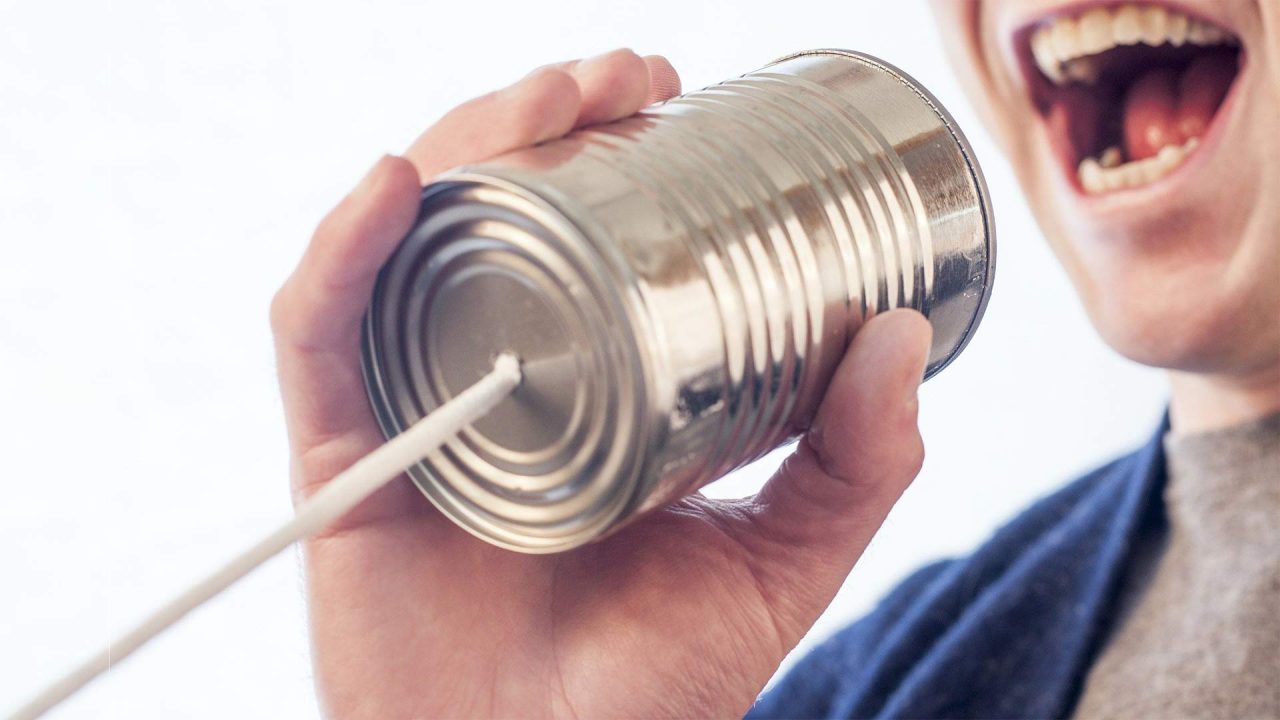
The tin can telephone is an original and old-school source of fun for kids, dating back many years! A tin can telephone is a type of acoustic speech-transmitting device made up of two tin cans that are attached together by string. It offers endless fun at home and is a great idea that also teaches kids about how sound works!
Materials needed:
- String (not yarn as it can act as a vibration dampener).
- Two tin cans – for example, empty soup cans or paper (not Styrofoam)
- A pointed sharp tool or a hammer and nail
Steps:
1. Wash the empty cans and take off any labels/packaging. Let cans to dry before moving onto the next step.
2. The side of the can that has been opened will act as the phone’s receiver and the other end will hold the phone’s wire. With your sharp tool or hammer and nail, make a hole in the base of the cans.
3. Thread the end string through one of the holes. Tie a knot in the string on the inside of the can, so that they stay attached. Repeat the same process with the other can, using the other end of the string. The cans should now be attached to one another.
4. Once the tin cans are connected, hold one tin can and give the other to someone else. Walk away from each other until the string between the can is taut.
5. Let the fun begin!
3. Shadow Shapes

Children love this interactive activity and watching their little fingers and hands turn into birds or fish! There is something magical about shadows and exciting and artsy about creating shapes with your own hands. This is a family friendly activity at home and you can have a great time creating marvelous shapes with your hands too. Compete with the little ones to see who can make the best shapes.
Materials needed:
- A dark room or darkness
- A lamp or torch
- Your hands
- A lot of imagination
There are hundreds of interesting shapes that you can make with your hands, ranging from beginner to advanced level, all of which can be found online. Below, however, are the instructions for three fun beginner hand shadows!
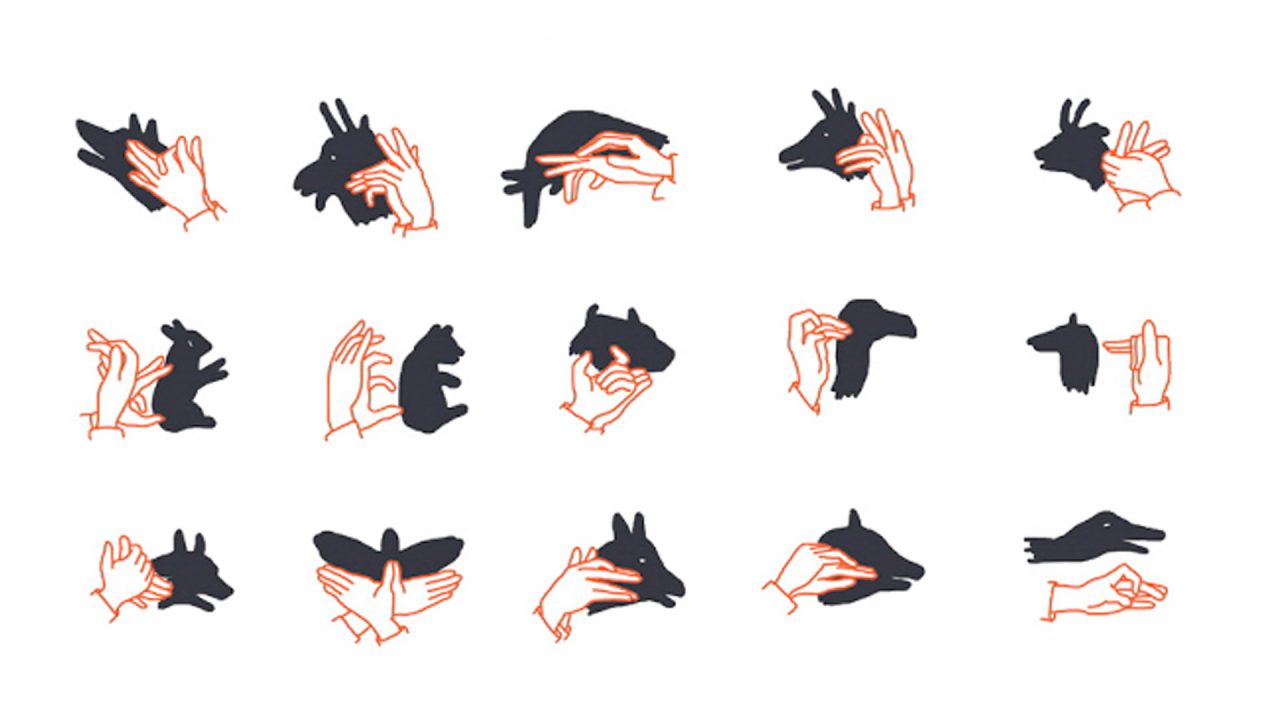
1. The delightful dove
Steps:
1. Bring your hands together and wrap your thumbs around one another.
2. Flutter your fingers to mimic the dove’s wings and recreate flight.
3. Get your whole family involved and recreate a flock of birds flying through the air!
2. The swimming swan
1. Firstly, create the swan’s head. Raise one arm, bend your elbow, and bring your fingertips together until they touch your thumb.
2. Using the other hand, spread out your fingers and press them against the bend of your elbow to create the swan’s feathers. Voila!
3. The howling hound
1. Straighten your hand, stick your thumb upright, and then bend your index and middle finger down until they’re flat on your palm.
2. Using your ring and pinky finger, put them straight
3. There you have it! A hound!
4. Make a Heart Collage

Photographs play an important role in everyone’s life – they connect us to our past, people, places, and stories! You could make a heart collage using photos from your favorite vacation, or a family occasion, or pictures from your time spent at home together as a family during the pandemic!
Materials needed:
- 25 small photos, all of which need to be roughly the same size. If you run out of photos you can use post-it notes with messages on them from loved ones.
- White canvas or piece of white cardboard
- Superglue
Steps:
1. Begin by organizing the photos into lines that will create a heart shape. The first line should comprise of 4 photos, the second 6, the third 6, the fourth 5, the fifth 3, and the last line should only be 1 photo. Think logically about the positioning of your photos.
2. Arrange them until they are in a recognizable heart shape.
3. Once you have decided on positioning, you can begin gluing each photo down on your canvas or cardboard using the superglue.
4. Leave to dry for 2-3 hours. Voila!
5. Mandalas
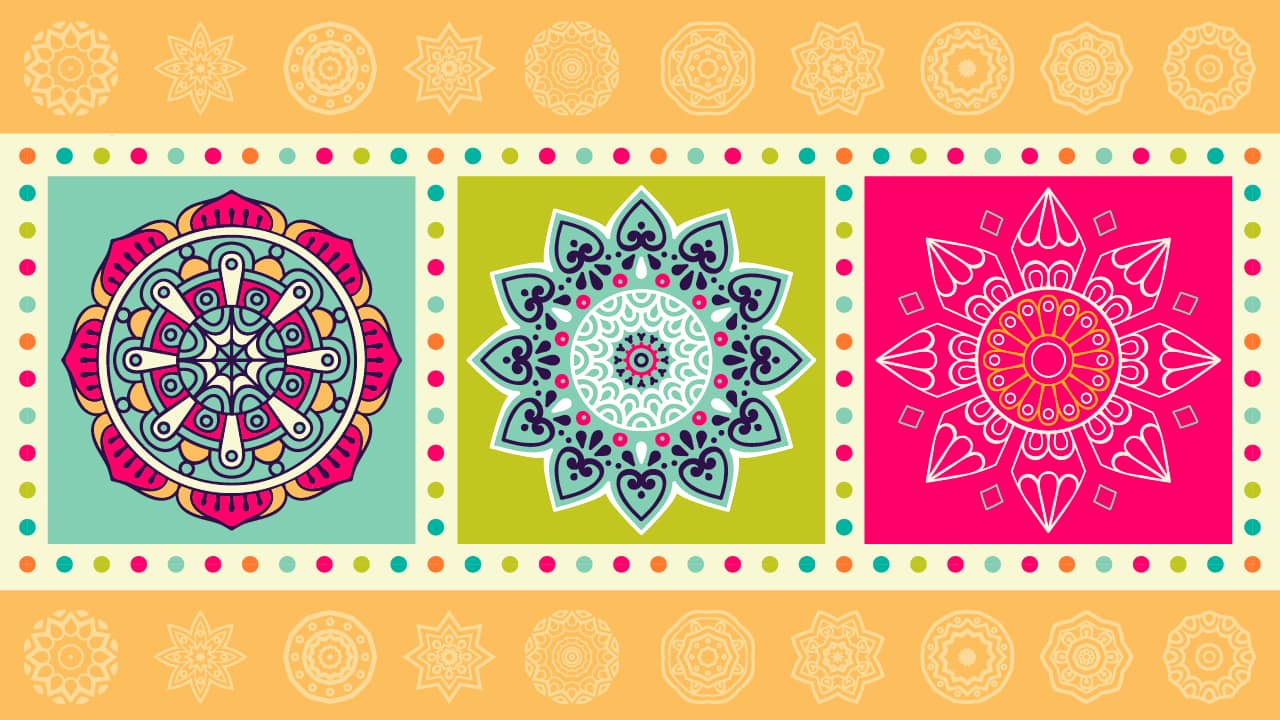
The Mandala is a sacred symbol used in Buddhism and Hinduism to represent an imaginary palace that is contemplated during meditation. It’s a symbolic representation of the universe that comprises an inner and outer world. The mandala’s purpose is to help transform ordinary minds into enlightened ones and to assist with meditation.
In Sanskrit, which is an ancient Indian language, the word mandala translates to ‘circle’. The circle is seen as a magical form, that has no beginning or end, and it is meant to represent the universe. It’s a very spiritual symbol and coloring mandalas can be very calm and meditative.
Children don’t have to use particular colors or coloring materials. They can fully express their creativity and color it however they wish. They could use their favorite colors, use colors that represent their current mood, or use colors to create a pattern. Coloring a mandala is a great and calming activity that offers hours of entertainment at home.
Materials needed:
- A Mandala
- Colorful felt-tip pens
Below are some mandala templates that you can print out and use. If you are a confident drawer and are able to mimic a mandala design, then there are hundreds of designs online to pick from!
6. Watch a Movie At Home!

Get the popcorn in the microwave, grab a comfy blanket, close the curtains to create a theatre-like atmosphere, and put on a family movie! Children love to watch a good movie and cuddle up on the sofa. You can make this even more exciting by making cinema tickets and serving their favorite soda!
Materials needed:
- A good movie
- A sheet of white paper
- Black felt-tip pen
- Scissors
- Pencil
- Soda and snacks
Steps:
1. Take the piece of paper and lightly sketch out a 2-inch by 1-inch rectangle with a pencil. This shape will represent the ticket.
2. Once you are satisfied with the shape of the rectangle, begin cutting it out by using the scissors.
3. Write on the ticket ‘admit one’ and if you have space you could write the name of the movie.
Enjoy the movie!
7. Take a Trip Around the World!

You can explore famous museums and learn the history of their treasures all from the comfort of your living room. Below are links to some of the best museums in the world. Each website gives virtual tours, offers educational videos, a history of the art and treasures, and even some family games! It’s an exciting learning experience that the whole family can join in on.
After exploring the museums, you could turn this activity into a scavenger hunt and have your children find things around the house that associate with each museum and country. For example, in respect of the Athens Archaeological Museum, have them look for items around the house that resonate with Athens or Greece, such as an ornament or picture. You could also have your children sketch out their favorite piece of artwork or statue that they saw during the tours!
Athens Archaeological Museum
Prado Museum in Madrid
Louvre museum in Paris
Metropolitan Museum of New York
8. Writing with Alphabet Soup

Spelling is an important part of a child’s development and a skill that is necessary for life. One way to make it a fun game at home is by spelling with alphabet soup! You can get your child to write their name, the name of the family pet or their favorite color. You could also have them write a note to a family member that you haven’t seen during social distancing, such as ‘I miss you’ or ‘see you soon’.
Materials needed:
- Raw alphabet soup
- Brushes
- Acrylic paint
- Card stock or a piece of cardboard
- Pencil
- Glue
Steps:
1. Begin by deciding what you would like to write. Once chosen, sketch the words out using a pencil.
2. Select the letters that you are going to use and glue them onto the card stock or cardboard carefully. Do not worry about using too much glue as it dries clear. Leave the glue to dry before painting.
3. Once the letters are glued down, you can begin painting them! You can also decorate the surrounding card area with a picture of a flower, an animal, or a swirly pattern.
9. Yoga and Meditation for Children
Children gain enormous benefits from yoga and meditation, both physically and emotionally. Physically, it amplifies their strength, flexibility, coordination, and body awareness. Emotionally, it helps improve their concentration, sense of calmness and supports positive mental health. Yoga helps enhance and encourage the marvelous inner light that all children have to rise to the surface. It offers children possibilities to exchange wisdom, share good times and set the foundation for a lifelong practice and love for yoga.
What is the difference between meditation and yoga?
While there are some differences between yoga and meditation, the two wonderful practices are undeniably synergistic and interchangeable. Meditation is focused on a person’s thought, mind, and ability to be able to maintain attention, using a specific meditative object such as a person’s breath or a mantra. Meditation is practiced during yoga but the differentiating factor between the two is the physical aspect of yoga or known as the ‘Asana’.
Yoga professes a complete system of physical, mental, and spiritual development. All yoga poses are structured to help stretch, strengthen, and relax your body all while focusing on your meditative state. The essential idea of yoga is to bring your whole body into a peaceful union and rejoice as one.
Materials needed:
- Yoga mat
- Comfortable exercise clothes
- Meditative, calming music – possibly a child’s podcast that talks you through the yoga poses and breathing methods (there are numerous children’s yoga podcasts and channels online that will guide you through the sessions, process and help start your yoga journey. If you do not have access to online materials, you can follow the steps in the images seen below).
- A quiet room or space
Steps:
Carefully follow the steps seen in the images below or the instructions in the podcast that you are listening to. Ensure that your child is focusing on their breathing and practicing each yoga pose to the best of their ability. It’s perfectly normal for them to not execute each pose perfectly the first time! It takes practice and commitment.
We hope that you have found these activities at home useful. Please feel free to interact with us on social media and post a photo of your child(ren)’s creations (or your own) and tag Garza Blanca Preserve @garzablancapvr.
Happy creating!


